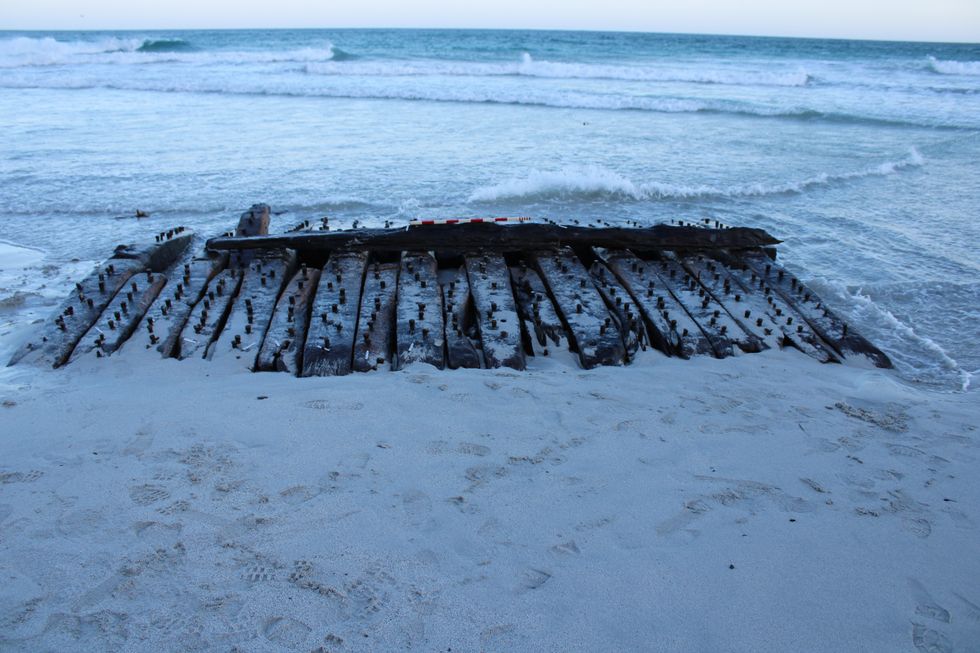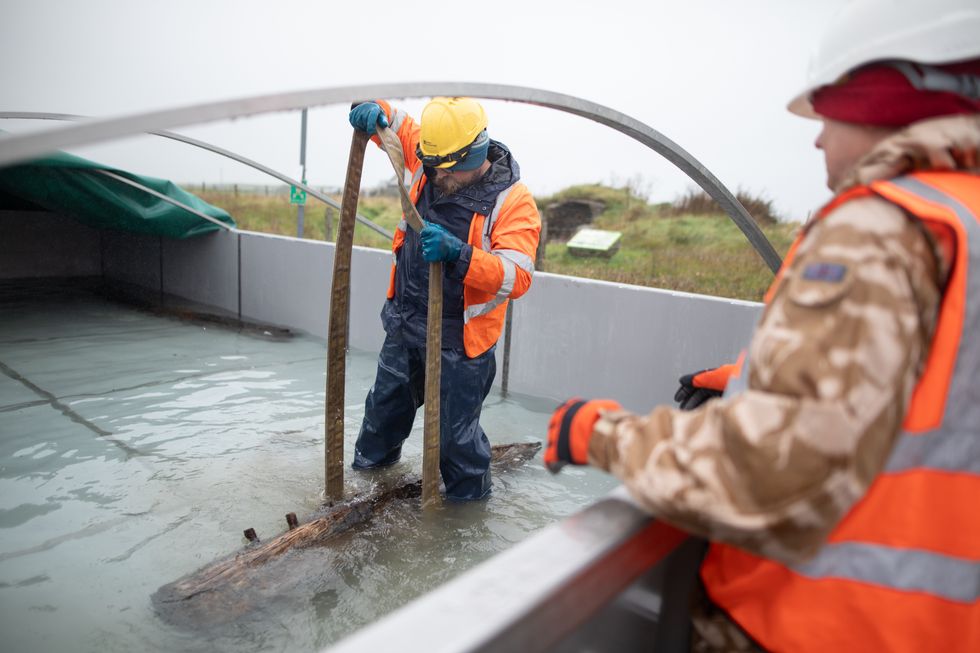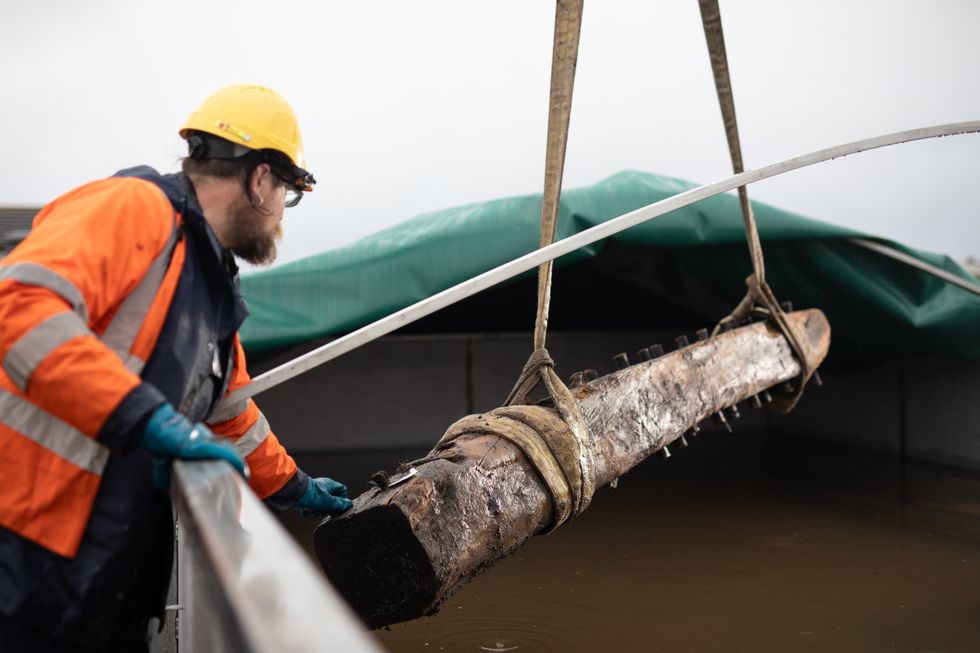Archaeology breakthrough as identity of 300-year-old shipwreck found off coast of Britain uncovered

The former Royal Navy ship was active during the American Revolutionary War in the late 1770s
Don't Miss
Most Read
Latest
Archaeologists have identified a 1700s shipwreck discovered on a Scottish island.
Experts believe the wreck, found on the island of Sanday in Orkney last year, is likely the Earl of Chatham, a former Royal Navy vessel called HMS Hind that was later renamed once it became a whaling ship.
The 24-gun ship saw many years of active service, including sieges of Louisbourg and Quebec in the 1750s.
HMS Hind was also active during the American Revolutionary War in the late 1770s.
After being decommissioned and given a new lease of life as a 500-tonne whaling ship, it completed four seasons in the Arctic.
This was common for Royal Navy ships because their build quality allowed them to withstand the icy conditions of British whaling routes, Historic Environment Scotland (HES) said.
The vessel eventually met its end in the Bay of Lopness in March 1788.
It carried 56 sailors on board at the time, who all survived.
LATEST DEVELOPMENTS:

The shipwreck on the shores of Sanday
|PA/Wessex Archaeology
Archaeologists and volunteer researchers began investigating the ship's origins following its discovery.
The wreck was revealed on Sanday in February, 2024, after increased storminess and unusual wind patterns led to the removal of the covering sands which had hidden and protected it for centuries.
Changes to coastlines could make similar finds more common.
Through analysing the wood, researchers determined the ship was built with timber from south and south-west England.
The timbers are currently being housed in a freshwater tank at the heritage centre to conserve them.

The timbers from the Sanday Wreck being placed in a fresh water tank for preservation
|PA/Wessex Archaeology
Archaeologists from Wessex Archaeology, local community researchers and the Sanday Heritage Centre spent several months working with archives and community records to find the most likely candidate for the ship.
Ben Saunders, senior marine archaeologist at Wessex Archaeology, said: “Throughout this project, we have learned so much about the wreck, but also about the community in Sanday in the 1780s.
“Sanday was infamous for shipwrecks at the time, called ‘the cradle of shipwrecks in Scotland’, but the community was equally well-known for its hospitability as it looked after sailors who fell afoul of the area’s stormy seas."

The shipwreck was uncovered on the island last year thanks to stormy weather
|PA/Wessex Archaeology
“The discovery of the Sanday Wreck is a rare and fascinating story, Alison Turnbull, director of external relations and partnerships at HES added.
“Wessex Archaeology worked closely with the community of Sanday to discover the ship’s identity, which shows that communities hold the keys to their own heritage."











